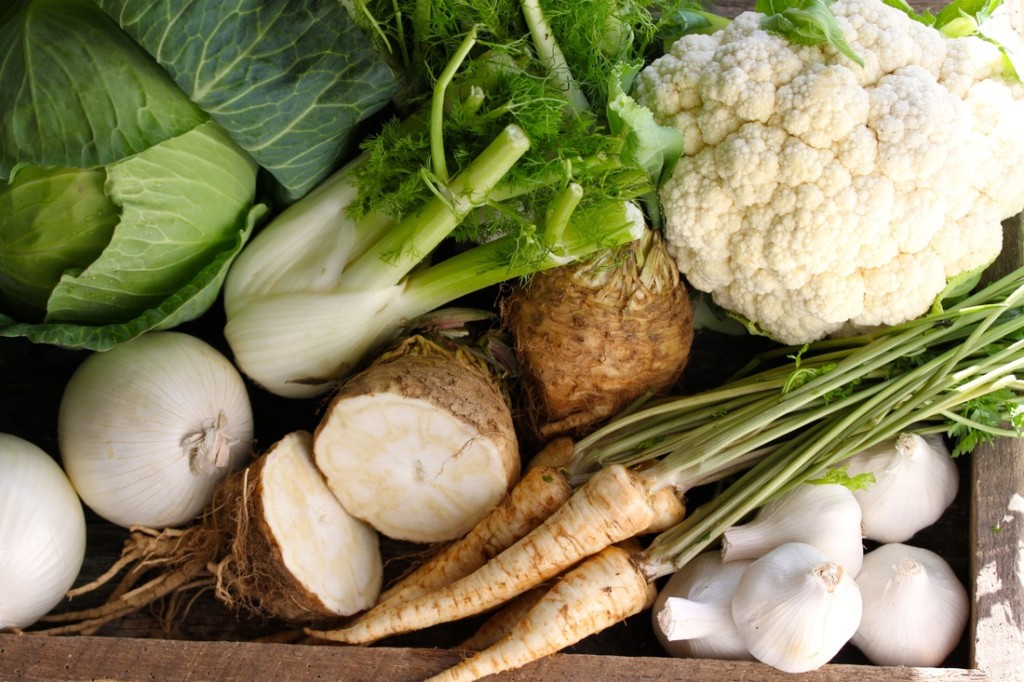Is microwaving food safe? 7 nutrition myths debunked
Do you need to drink one glass of water for every caffeinated beverage you drink? Are “white foods” like onions less nutritious than broccoli? Is dark chocolate really rich in antioxidants? Read on to learn the truth about seven common nutrition myths.
Myth 1: Multigrain foods are rich in whole grains
When a food is labeled “multigrain,” it means that more than one type of grain was used in the product — though none of them are necessarily whole grains. This is also true for products such as “seven-grain” bread.
Whole grain means all the parts of the grain kernel — the bran, germ and endosperm — are used, allowing for a more nutritious product compared to foods made with refined grains. Whole-grain foods contain nutrients, fiber, and other healthy plant compounds found naturally in grain.
According to an article in the Journal of Nutrition, there is consistent epidemiological evidence indicating that whole grain foods substantially lower a person’s risk for developing chronic diseases, such as heart disease, diabetes, and cancer and also play a role in body weight management and digestive health.
To make sure a product is whole grain, look at package labels. The first ingredient listed should contain the word “whole,” such as “whole wheat” or “whole oats.” The USDA recommends healthy adults consume about 6 ounces of total grains per day, and that at least half of those grains (3 ounces) are whole grains.
Myth 2: White vegetables lack nutritional value

Myth: White vegetables lack nutritional value
While you may have been told to steer clear of “white foods” for good health, this advice does not hold up when it comes to white vegetables. Cauliflower, onions, mushrooms, turnips and even potatoes are packed with just as many nutrients as their colorful veggie counterparts. Eating white vegetables can increase intake of fiber, potassium, magnesium, and other vitamins and minerals – in addition to improving overall vegetable consumption, according to a paper published in Advances in Nutrition. The next time you add color to your salad, don’t forget the white.
Get more recipes and cooking tips
in your inbox
Subscribe to our mailing list and get interesting recipes and cooking tips to your email inbox.















